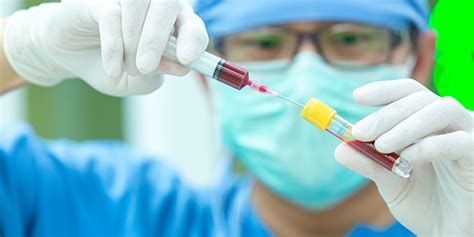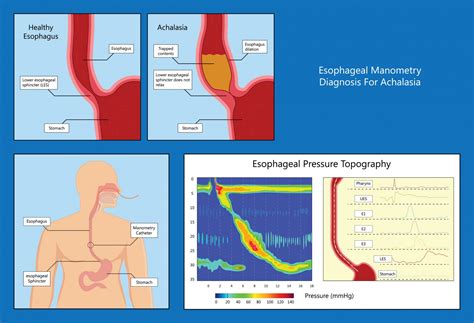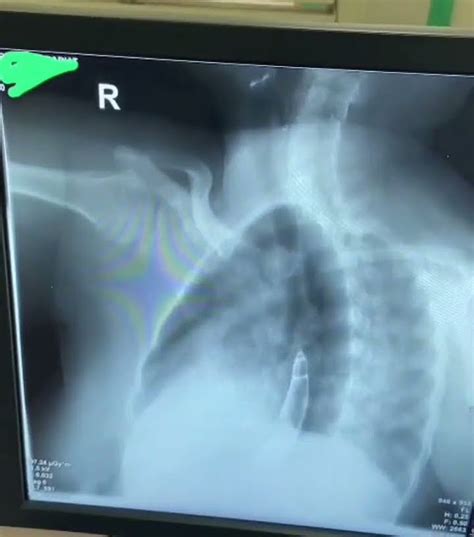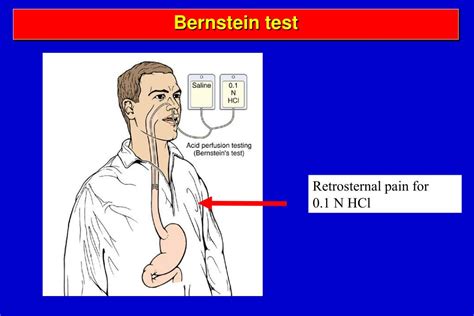Intro
Discover effective Acid Reflux Test Options, including diagnostic tools and symptom assessments, to help diagnose and manage GERD, heartburn, and digestive issues with accurate medical testing and treatment plans.
Acid reflux, also known as gastroesophageal reflux disease (GERD), is a common condition that affects millions of people worldwide. It occurs when the lower esophageal sphincter (LES) fails to close properly, allowing stomach acid to flow back up into the esophagus, causing symptoms such as heartburn, chest pain, and difficulty swallowing. If you're experiencing these symptoms, it's essential to consult a doctor to determine the best course of action. One of the first steps in diagnosing acid reflux is to undergo a series of tests to confirm the presence of the condition and rule out other potential causes.
The importance of acid reflux testing cannot be overstated. Without proper diagnosis, treatment may be ineffective, and symptoms can persist, leading to complications such as esophagitis, stricture, and even esophageal cancer. Fortunately, there are several acid reflux test options available, each with its own advantages and disadvantages. By understanding these tests, you can better navigate the diagnostic process and work with your doctor to develop an effective treatment plan.
The diagnostic process for acid reflux typically begins with a physical examination and medical history. Your doctor will ask you about your symptoms, lifestyle, and any medications you're taking. They may also perform a physical exam to check for any signs of complications, such as weight loss or abdominal tenderness. If your doctor suspects acid reflux, they may recommend one or more of the following tests to confirm the diagnosis.
Upper Endoscopy

Ambulatory Acid Probe Test

Esophageal Manometry

Benefits of Esophageal Manometry
The benefits of esophageal manometry include: * Diagnosing conditions such as achalasia and diffuse esophageal spasm * Evaluating the effectiveness of treatment for acid reflux * Identifying any abnormalities in the muscle contractions of the esophagusBarium Swallow

Preparation for a Barium Swallow
To prepare for a barium swallow, you should: * Avoid eating or drinking for at least 6 hours before the test * Wear comfortable clothing and avoid wearing any jewelry or metal objects * Inform your doctor of any allergies or sensitivities to the barium solutionBernstein Test

Risks and Complications of the Bernstein Test
The risks and complications of the Bernstein test include: * Discomfort or pain during the test * Allergic reactions to the acid solution * Infection or bleeding at the site of the catheter insertionWireless pH Monitoring

Advantages of Wireless pH Monitoring
The advantages of wireless pH monitoring include: * Ability to measure acid levels over a longer period * Less discomfort and inconvenience compared to traditional pH monitoring * Ability to monitor acid levels in real-timeIn addition to these tests, your doctor may also recommend lifestyle changes and medications to help manage acid reflux symptoms. It's essential to work closely with your doctor to develop an effective treatment plan and make any necessary lifestyle changes to reduce symptoms and prevent complications.
The diagnostic process for acid reflux can be complex, and it's essential to understand the different test options available. By working with your doctor and undergoing the necessary tests, you can get an accurate diagnosis and develop an effective treatment plan to manage your symptoms and improve your quality of life.
If you're experiencing symptoms of acid reflux, don't hesitate to consult a doctor. With the right diagnosis and treatment, you can manage your symptoms and reduce the risk of complications. Remember to ask your doctor about the different test options available and work together to develop a treatment plan that's right for you.
What are the symptoms of acid reflux?
+The symptoms of acid reflux include heartburn, chest pain, difficulty swallowing, and regurgitation of food or sour liquid.
How is acid reflux diagnosed?
+Acid reflux is diagnosed through a combination of physical examination, medical history, and diagnostic tests such as upper endoscopy, ambulatory acid probe test, and esophageal manometry.
What are the treatment options for acid reflux?
+The treatment options for acid reflux include lifestyle changes, medications such as antacids and proton pump inhibitors, and surgery in severe cases.
Can acid reflux be prevented?
+Yes, acid reflux can be prevented by maintaining a healthy weight, avoiding trigger foods, eating smaller meals, and avoiding lying down after eating.
What are the complications of acid reflux?
+The complications of acid reflux include esophagitis, stricture, and esophageal cancer.
In summary, acid reflux is a common condition that requires proper diagnosis and treatment to manage symptoms and prevent complications. By understanding the different test options available and working with your doctor, you can develop an effective treatment plan and improve your quality of life. Don't hesitate to reach out to your doctor if you're experiencing symptoms of acid reflux, and remember to ask about the different test options available. Share this article with others who may be experiencing similar symptoms, and let's work together to raise awareness about acid reflux and its treatment options.
